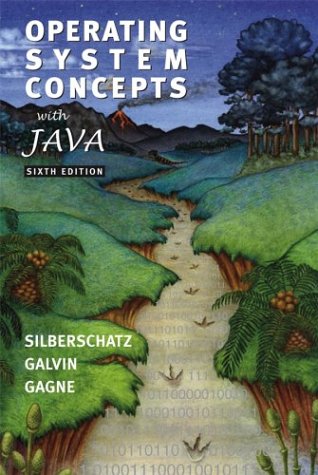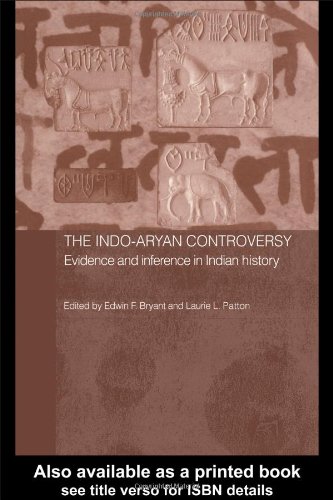- 2 402 202 книги
- Поиск
libcats.org








Basic Lab Procedures in Clinical Bacteriology
K. Engbaek, C.C. Heuck, P. Piot, P. Rohner, J. VandepitteThis manual is a practical guide, for use by laboratory workers in health centres and district hospitals, to the procedures to be followed in obtaining specimens, isolating and identifying bacteria, and assessing their resistance to antibiotics. It covers bacteriological investigation of blood, cerebrospinal fluid, urine, stool, sputum, pharyngeal and genital specimens, and purulent exudates. Particular attention is given to the need for quality control of all laboratory procedures. A list of media and reagents needed for the isolation and identification of the most common bacterial pathogens is included, together with an indication of their relative importance for the intermediary laboratory. This list is intended for adaptation to local circumstances.
This second edition has been updated in many areas, including a greatly enhanced section on stool specimens and a new section on serological tests.
EPUB | FB2 | MOBI | TXT | RTF
* Конвертация файла может нарушить форматирование оригинала. По-возможности скачивайте файл в оригинальном формате.
Популярные книги за неделю:

Проектирование и строительство. Дом, квартира, сад
Автор: Петер Нойферт, Автор: Людвиг Нефф
Размер книги: 20.83 Mb

Система упражнений по развитию способностей человека (Практическое пособие)
Автор: Петров Аркадий НаумовичКатегория: Путь к себе
Размер книги: 818 Kb

Сотворение мира (3-х томник)
Автор: Петров Аркадий НаумовичКатегория: Путь к себе
Размер книги: 817 Kb

Радиолюбительские схемы на ИС типа 555
Автор: Трейстер Р.Категория: Электротехника и связь
Размер книги: 13.64 Mb
Только что пользователи скачали эти книги:

САДОК ДЛЯ РЕПТИЛИЙ Часть I (Двухтомник англо-американской фантастики)
Автор: Баллард Джеймс, Автор: Шекли Роберт, Автор: Мюррей Яко, Автор: Такер Боб, Автор: Уолтон Гарри, Автор: Гаррисон Гарри, Автор: Азимов Айзек, Автор: Бомонт Чарлз, Автор: Слизар Генри, Автор: Рассел Эрик Фрэнк, Автор: Блох Роберт, Автор: Хантер Ивэн, Автор: Брэдбери Рэй, Автор: Браннер Джон, Автор: Олдисс Брайан, Автор: Керш Джералд, Автор: Фридман Джей БрюсКатегория: Научная Фантастика
Размер книги: 512 Kb

Operating Systems Concepts with Java
Автор: Abraham Silberschatz, Автор: Peter B. Galvin, Автор: Greg Gagne
Размер книги: 12.87 Mb

Indo-Aryan Controversy: Evidence and Inference in Indian History
Автор: Edwin Bryant, Автор: Laurie PattonКатегория: История
Размер книги: 4.08 Mb

The Forger's Spell- A True Story of Vermeer, Nazis, and the Greatest Art Hoax of the Twen
Автор: Dolnick EdwardКатегория: fiction
Размер книги: 4.06 Mb






